Ancient shovel unearthed
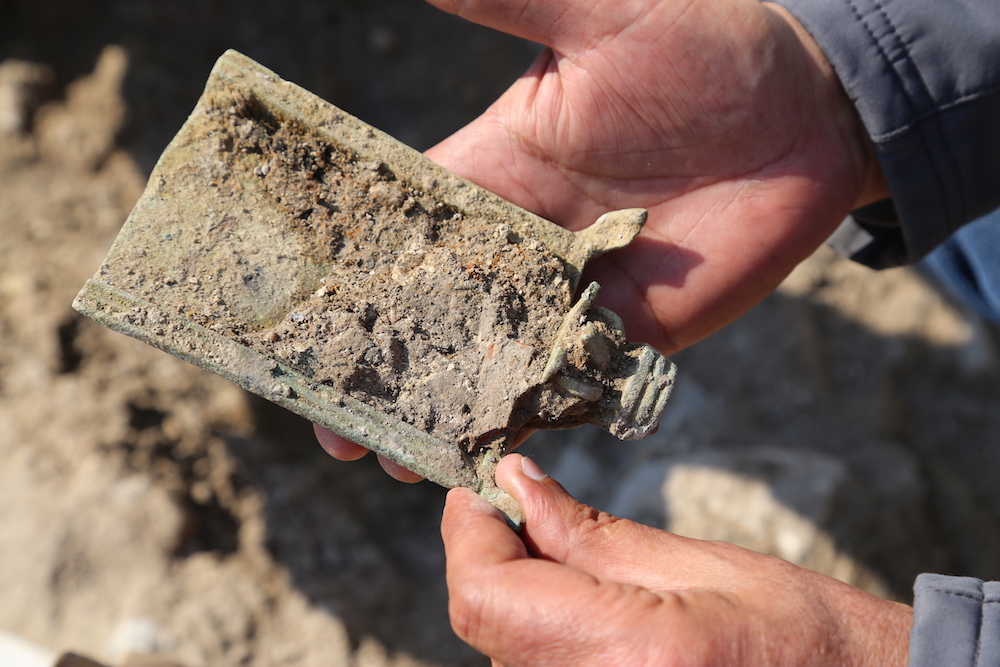
While excavating in a 2,000-year-old settlement near the Sea of Galilee, researchers unearthed an ancient bronze shovel.
The shovel was unearthed near the ancient settlement of Magdala, which was once a port town where fish were salted. Magdala was also considered a military base used in rebellions against the Romans, according to Jewish sources. And according to Christian historical texts, Magdala was the birthplace of one of Jesus' followers, Mary Magdalene.[Read the full story on the discoveries near Magdala]
Ritual purpose
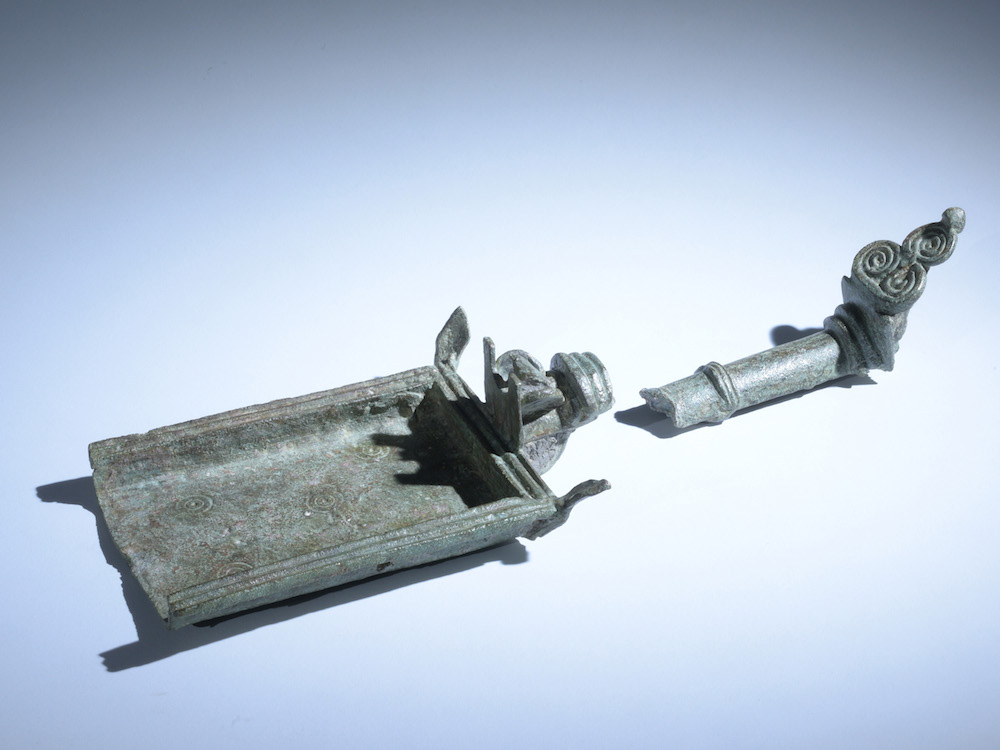
The shovel, which was delicately carved, is similar to ones that were used to rake coals of incense during cultic rituals in the Second Temple Period.
Holy and ordinary
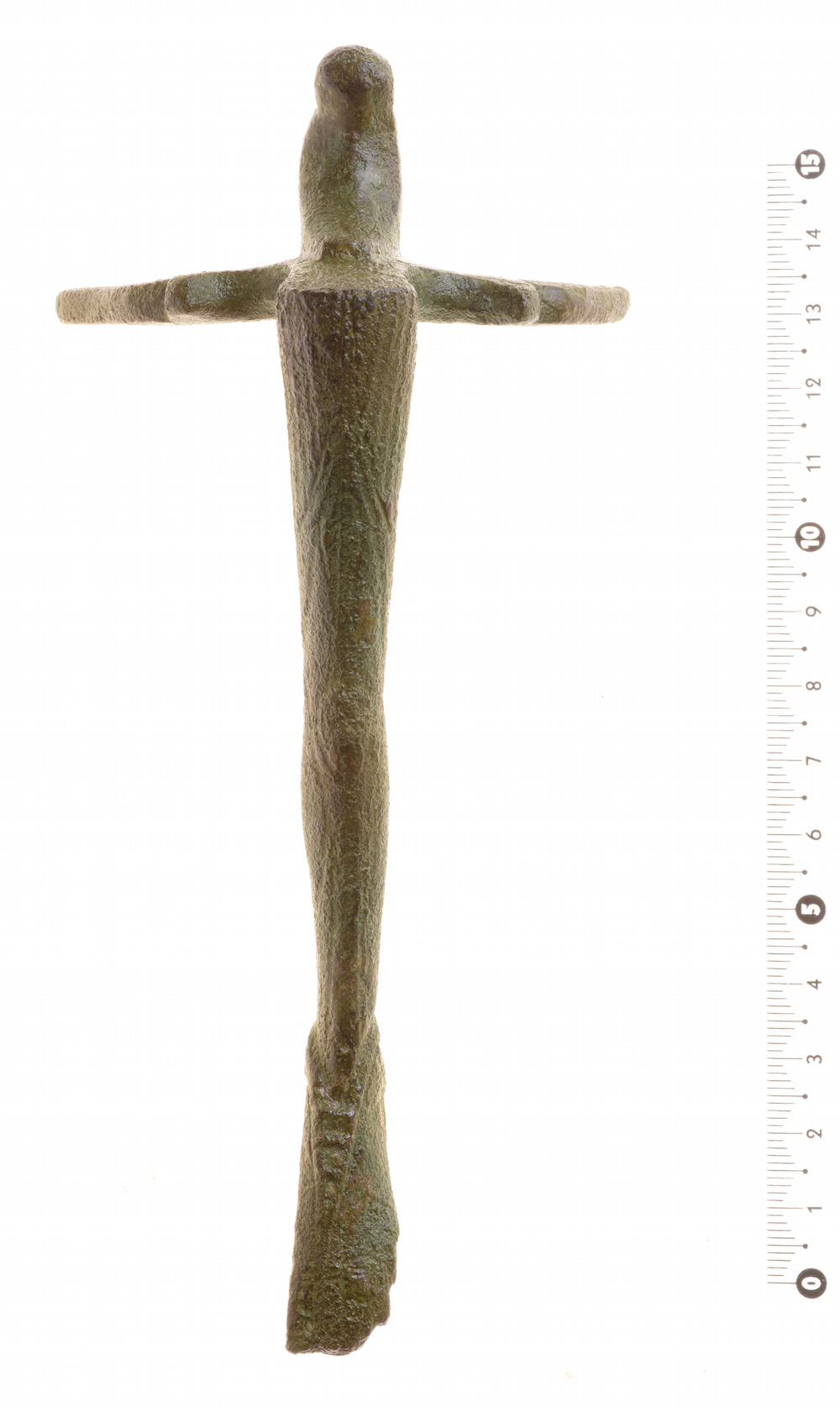
While archaeologists originally thought such shovels, called mahtas in Hebrew, were only ever used for working with burnt incense offerings in religious rituals, later excavations have revealed that people also used them for more ordinary tasks. Here, the shovel shown upright.
Ancient port city
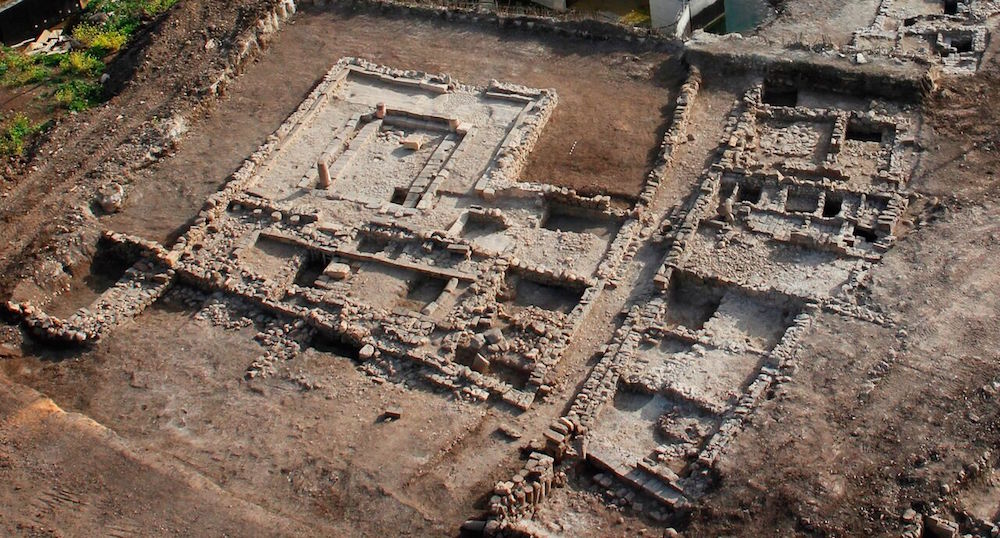
The ritual shovel was unearthed in the ruins of an ancient port city called Magdala, which lies on the shores of the Sea of Galilee. During the Second Temple Period, the city was known for salting fish. It may have also been home to Mary Magdalene.
Ancient jug
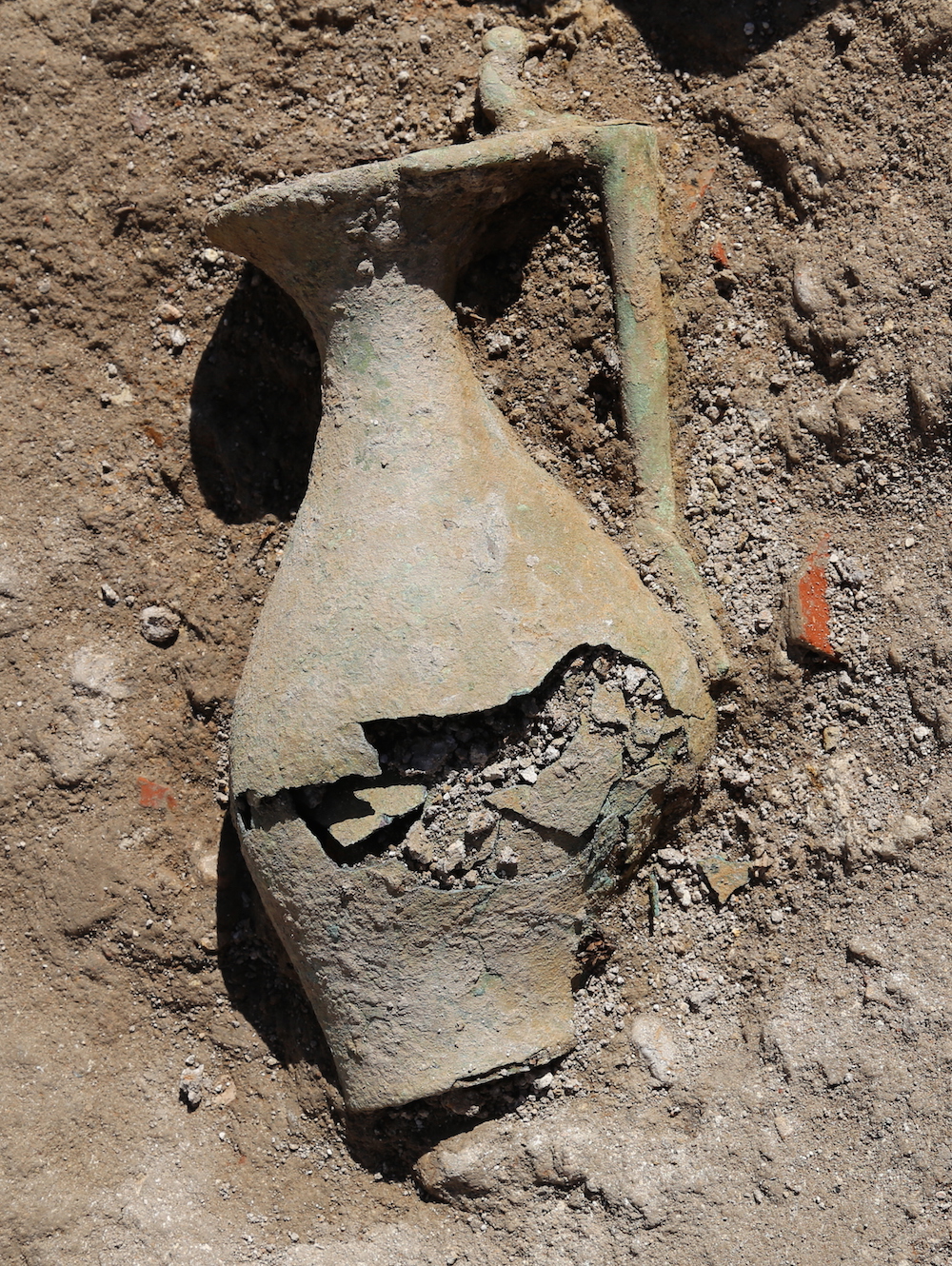
The shovel was found along with a bronze jug in a storeroom of the house of an ancient Jewish family. One possibility is that the family had stored the treasured heirloom for many years underground, where it lay hidden until recently.
Religious iconography
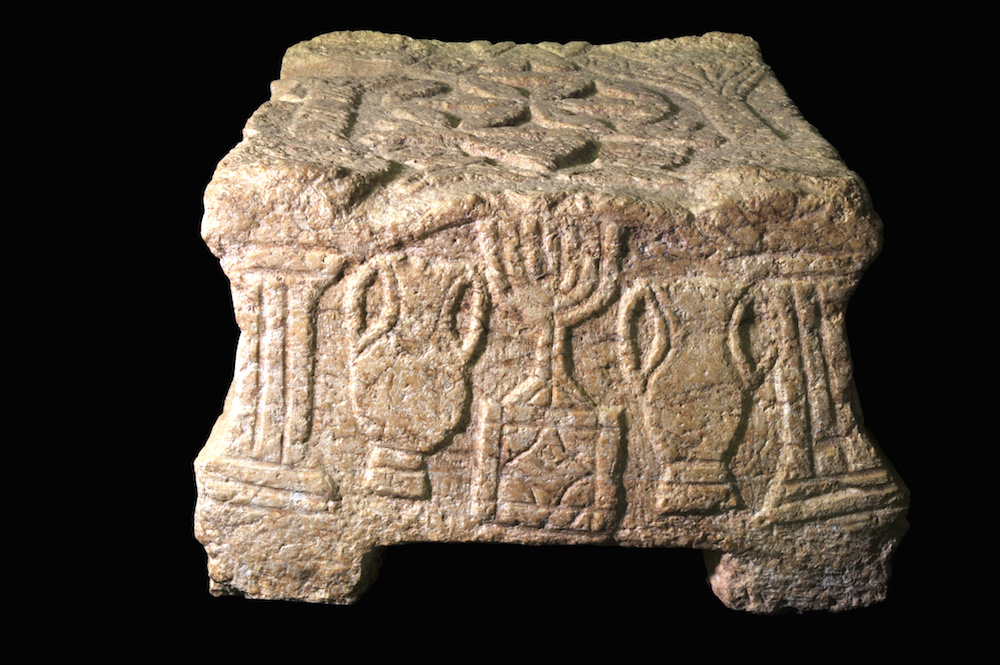
The town of Magdala is also famous for the Magdala stone, a box found in a 1st century synagogue that shows images of menorahs and other religious iconography.
Sign up for the Live Science daily newsletter now
Get the world’s most fascinating discoveries delivered straight to your inbox.

Tia is the managing editor and was previously a senior writer for Live Science. Her work has appeared in Scientific American, Wired.com and other outlets. She holds a master's degree in bioengineering from the University of Washington, a graduate certificate in science writing from UC Santa Cruz and a bachelor's degree in mechanical engineering from the University of Texas at Austin. Tia was part of a team at the Milwaukee Journal Sentinel that published the Empty Cradles series on preterm births, which won multiple awards, including the 2012 Casey Medal for Meritorious Journalism.









